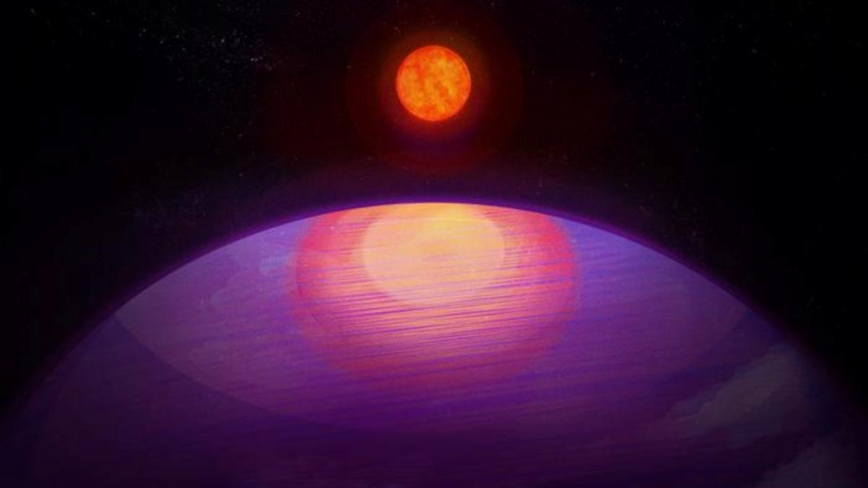American Astronomers Discover Massive Exoplanet Challenge Existing Theories
In a groundbreaking discovery, American astronomers have found a colossal exoplanet with a mass 13 times that of Earth, challenging existing models of planet formation. The planet, named LHS 3154b, orbits an ultra-cool star known as LHS 3154, which has only one-ninth the mass of the Sun.
The findings, published by researchers at Pennsylvania State University, have upended theories predicting how planets form around small stars, marking the first time such a massive planet has been observed orbiting such a diminutive star.
Suvrath Mahadevan, a co-author of the study and professor of astronomy and astrophysics at Penn State University, expressed astonishment at the discovery, emphasizing its implications for humanity’s understanding of the universe. “We never thought that such a massive planet could exist around a star with such a small mass,” Mahadevan said.
The research team detected LHS 3154b using a self-built astronomical spectrometer known as the Habitable Zone Planet Finder (HPF), which is designed to identify exoplanets orbiting the coldest stars outside our solar system that may harbor liquid water on their surfaces.
Megan Delamer, another co-author of the study and a graduate student in astronomy at Penn State, highlighted the rarity and excitement of the discovery, indicating that current planet formation theories do not account for what scientists have observed.
The research results were published in the journal Science, signaling a new era in the exploration of exoplanets and the potential for life beyond our solar system. The discovery of LHS 3154b opens up a realm of possibilities for scientists and challenges the boundaries of what was previously deemed possible in understanding the formation of planets and stars.
